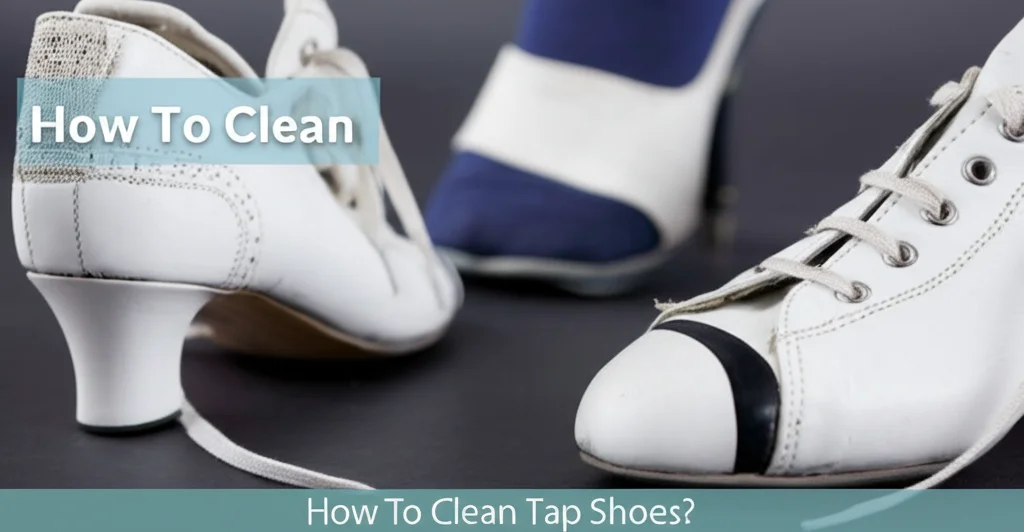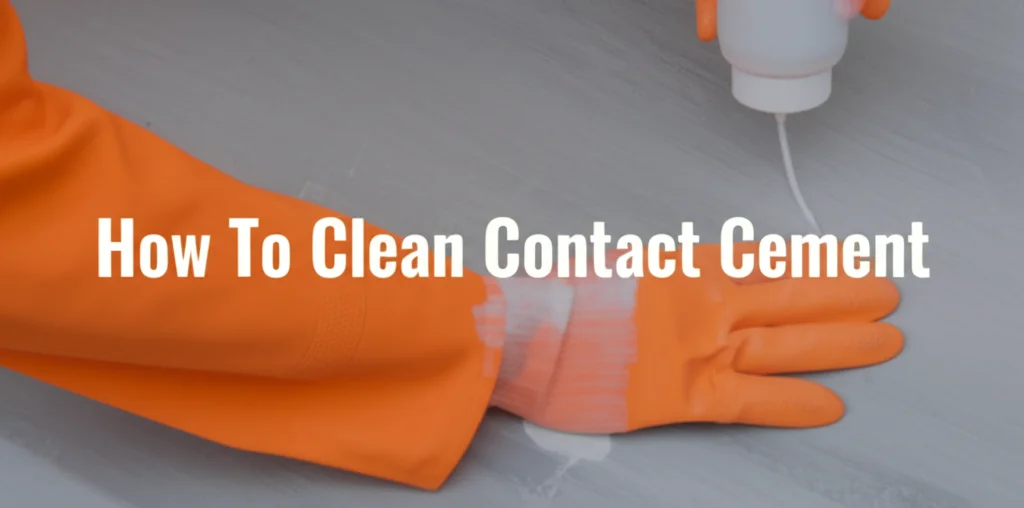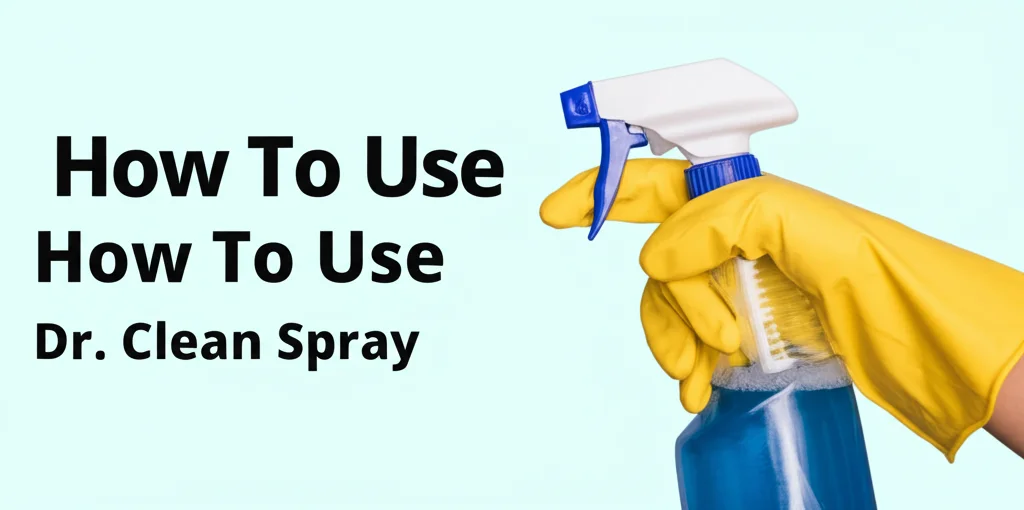· Cleaning Guides · 6 min read
How To Clean Off Silicone Grease

How To Clean Off Silicone Grease: A Comprehensive Guide
Ever worked with silicone grease and ended up with sticky residue everywhere? It’s a common problem! Silicone grease is fantastic for lubrication, waterproofing, and protecting various materials, but cleaning it up can feel like a real challenge. This article will walk you through the most effective methods for removing silicone grease from different surfaces, ensuring a clean and hassle-free experience. We’ll cover everything from choosing the right cleaning agents to step-by-step instructions, so you can tackle even the toughest silicone grease messes.
Takeaway:
- Silicone grease is best removed with solvents like isopropyl alcohol or specialized degreasers.
- Gentle scrubbing with appropriate materials (microfiber cloths, soft brushes) is key to avoid damage.
- Always test cleaning solutions in an inconspicuous area first.
- Prevention is better than cure – use silicone grease sparingly and protect surrounding areas.
Quick Answer:
To effectively clean off silicone grease, start by blotting up any excess. Then, apply a solvent like isopropyl alcohol or a dedicated degreaser, let it sit briefly, and gently scrub with a microfiber cloth. Rinse with water if applicable and repeat as needed.
Understanding Silicone Grease and Why It’s Tricky to Clean
Silicone grease isn’t like other types of grease. It’s a synthetic lubricant made of silicone polymers, which gives it unique properties. These properties, like its resistance to water and extreme temperatures, also make it difficult to dissolve with ordinary cleaners. Water-based cleaners often just spread the grease around, making the problem worse. That’s why you need specific approaches and cleaning agents to break down the silicone and lift it from the surface. Knowing this difference is the first step to successful removal.
Choosing the Right Cleaning Agent for Silicone Grease
Selecting the correct cleaning agent is crucial for effectively removing silicone grease without damaging the underlying surface. Several options are available, each with its strengths and weaknesses. Here’s a breakdown of the most common choices:
- Isopropyl Alcohol (Rubbing Alcohol): This is often the first line of defense. It’s a good solvent for silicone and is relatively safe for many surfaces. However, it can be flammable, so use it with caution.
- Degreasers: Specifically formulated degreasers are designed to break down oils and greases, including silicone-based ones. Look for degreasers that are safe for the material you’re cleaning.
- Mineral Spirits: A stronger solvent, mineral spirits can be effective on stubborn silicone grease. It’s important to use it in a well-ventilated area and test it on an inconspicuous spot first.
- Silicone-Safe Cleaners: Some cleaners are specifically designed to remove silicone without harming sensitive surfaces. These are often a good choice for electronics or delicate materials.
- Dish Soap (as a final step): While not a primary remover, dish soap can help lift any remaining residue after using a solvent.
Step-by-Step Guide: Cleaning Silicone Grease from Hard Surfaces
Hard surfaces like metal, plastic, and glass are generally easier to clean than porous materials. Here’s a step-by-step guide to removing silicone grease from these surfaces:
- Blot Excess Grease: Use a clean cloth or paper towel to blot up as much excess silicone grease as possible. Avoid rubbing, as this will spread the grease.
- Apply Solvent: Dampen a clean microfiber cloth with isopropyl alcohol or your chosen degreaser.
- Let it Sit: Allow the solvent to sit on the grease for a few minutes to break it down. Don’t let it dry completely.
- Gently Scrub: Gently scrub the area with the cloth, using circular motions. Avoid abrasive scrubbers that could scratch the surface.
- Wipe Clean: Wipe away the dissolved grease with a clean section of the cloth.
- Rinse (if applicable): If the surface can tolerate water, rinse it with clean water and dry it thoroughly.
- Repeat if Necessary: If any grease remains, repeat the process until the surface is clean.
Removing Silicone Grease from Fabric and Upholstery
Cleaning silicone grease from fabric and upholstery requires a more delicate approach. You want to avoid damaging the fibers or setting the stain. Here’s how to do it:
- Blot Immediately: As with hard surfaces, blot up any excess grease immediately.
- Apply Cornstarch or Baking Soda: Sprinkle a generous amount of cornstarch or baking soda onto the stain. These powders will absorb the grease.
- Let it Sit: Allow the powder to sit for at least 30 minutes, or even overnight for stubborn stains.
- Vacuum: Vacuum up the powder thoroughly.
- Spot Test: Before using any liquid cleaner, test it on an inconspicuous area of the fabric to ensure it doesn’t cause discoloration or damage.
- Apply Solvent (with caution): If the stain persists, carefully apply a small amount of isopropyl alcohol to a clean cloth and gently blot the stain. Avoid rubbing.
- Wash (if possible): If the fabric is washable, follow the care instructions and wash it as usual.
Cleaning Silicone Grease from Skin
Silicone grease can be surprisingly difficult to wash off skin. Soap and water alone often aren’t enough. Here’s a safe and effective method:
- Blot with a Clean Cloth: Gently blot the area with a clean cloth to remove excess grease.
- Apply Baby Oil or Mineral Oil: Surprisingly, oil dissolves oil! Apply a small amount of baby oil or mineral oil to the affected area.
- Gently Massage: Gently massage the oil into the skin to loosen the silicone grease.
- Wash with Soap and Water: Wash the area thoroughly with soap and warm water.
- Repeat if Necessary: Repeat the process if any grease remains.
Preventing Silicone Grease Messes: Best Practices
Preventing silicone grease messes is always easier than cleaning them up. Here are some best practices to follow:
- Use Sparingly: Apply only the amount of silicone grease needed for the task.
- Protect Surrounding Areas: Cover nearby surfaces with drop cloths or plastic sheeting to prevent accidental contamination.
- Wear Gloves: Wear gloves to protect your skin from direct contact with the grease.
- Work in a Well-Ventilated Area: Silicone grease can release fumes, so work in a well-ventilated area.
- Clean Up Spills Immediately: Address any spills or messes as soon as they happen to prevent them from setting.
Frequently Asked Questions (FAQs)
Q: Can I use vinegar to clean silicone grease?
A: Vinegar is generally not effective at removing silicone grease. It’s a good cleaner for many things, but silicone’s unique properties make it resistant to vinegar’s dissolving power. Solvents like isopropyl alcohol are much more effective.
Q: Will acetone damage plastic?
A: Acetone is a very strong solvent and can damage many types of plastic. Always test it in an inconspicuous area first. Isopropyl alcohol is a safer option for most plastics.
Q: Is there a specific degreaser that works best for silicone grease?
A: Look for degreasers specifically labeled as “silicone-safe” or designed for removing synthetic lubricants. Citrus-based degreasers can also be effective, but always test them first.
Q: How can I remove silicone grease from rubber?
A: Isopropyl alcohol is generally safe for most types of rubber. Apply it with a cloth, let it sit briefly, and gently wipe away the grease. Avoid harsh scrubbing, which could damage the rubber.
Conclusion
Cleaning off silicone grease doesn’t have to be a daunting task. By understanding the nature of silicone grease and choosing the right cleaning agents, you can effectively remove it from various surfaces. Remember to always test cleaning solutions in an inconspicuous area first and to prioritize gentle scrubbing to avoid damage. With a little patience and the right techniques, you can keep your workspace and belongings free from sticky silicone residue. Don’t hesitate to revisit these steps when faced with a silicone grease mess – a clean surface is within reach!




